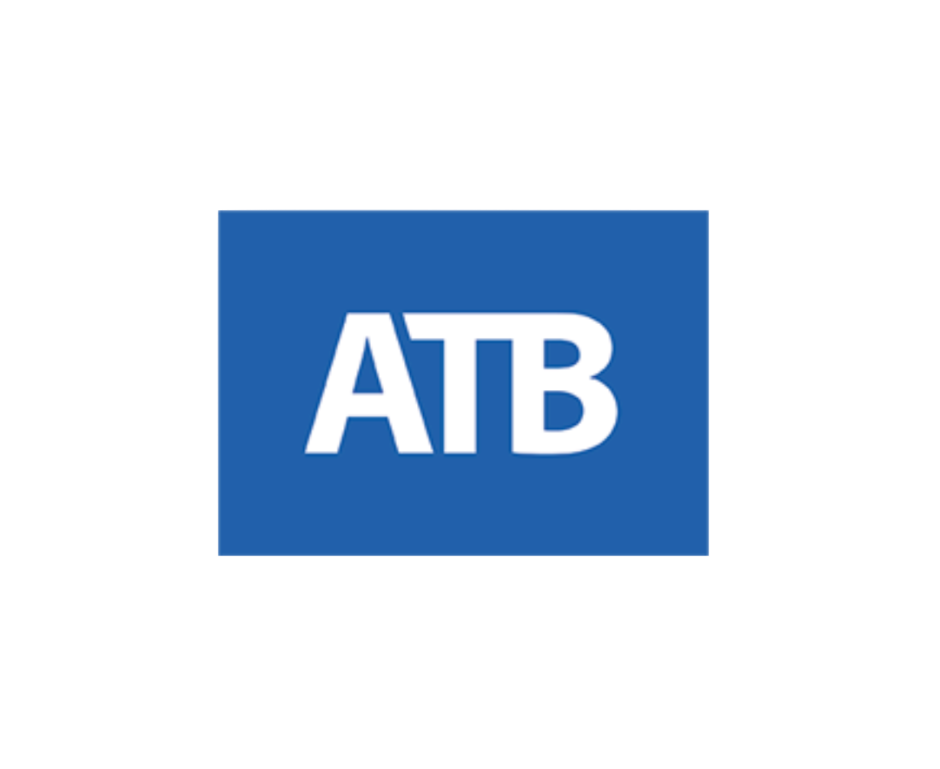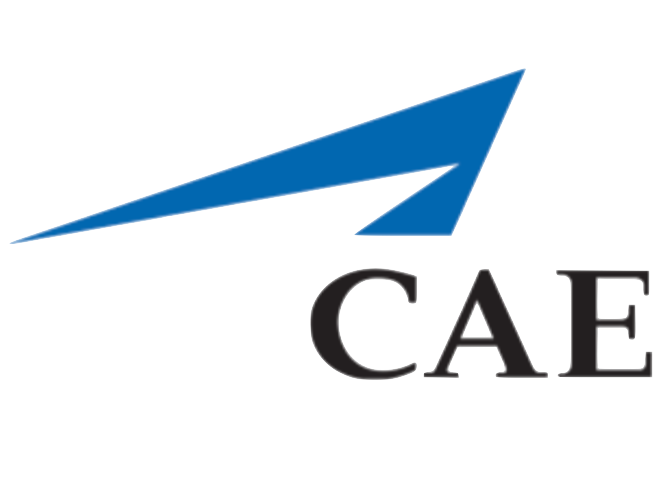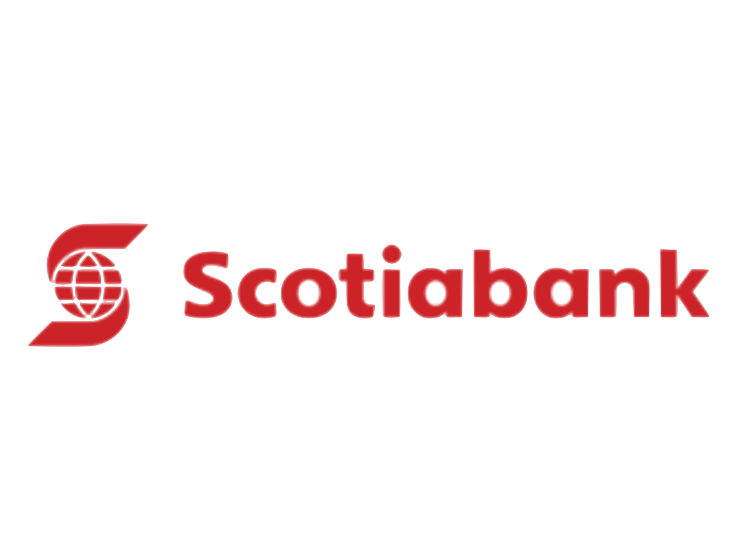An organization’s culture can be the glue that helps bind together diversity and inclusion efforts.
An organization’s culture can be the glue that helps bind together diversity and inclusion efforts. Organizational culture comprises the different beliefs, values, attitudes, priorities, and purposes of businesses as well as the ways that these factors influence employees’ experience and behaviour in the workplace. While no two organizational cultures will be the same, those that are inclusive and defined by a clear purpose often produce impressive financial performances, increase collaboration, cooperation, and innovation, and provide employees with a sense of respect, belonging, and security.
Troubling attitudes and behaviours can result in toxic workplace cultures where hypermasculine competition, illegal conduct, harassment, unreasonable workloads, and combativeness prevail. On the other hand, an inclusive organizational culture that emphasizes gender equality can lead to the elimination of traditional gender roles, create better work-life balance, and enable all genders to bring their authentic selves to the workplace. Notably for women, this might mean fewer instances of microaggression or discrimination, improved career progression, and less pressure to conform; for men, this might mean reduced feelings of the duty to be successful, decreased hypercompetitiveness, improved relationships, and greater ability to balance work and personal responsibilities.
Success Factors for Organizational Culture
- Upholding an inclusive organizational culture is crucial to the success of all other gender equality attributes. Policies, procedures, and programs are insufficient if your organizational culture does not support gender equality.
- Cultivate an intentional, purpose-driven organizational culture that explicitly mentions gender equality and intersects with your business strategy. Organizations that have a strong sense of their purpose and values beyond financial performance have been shown to outperform their competition.
- Proactively manage, develop, and assess your organization’s culture. This is especially important during periods of change, transformation, and growth such as advancing gender equality in the workplace. Key indicators revolve around assessing employee experience and routine interactions, not simply monitoring existing policies or implementing new practices.
- Listen to women and diverse groups at all levels to learn about their workplace experiences and to identify toxic cultural traits. Use findings to create and uphold a more inclusive culture.
- Leaders must set the tone and be held accountable by actively demonstrating, encouraging, and role-modelling an inclusive and respectful culture, engaging with difficult discussions, promoting collaboration and open communication, and transparently evaluating progress.

Good Practices in the Private Sector
ATB has worked to embed gender equality into its company culture through the 11 ATBs – the organization’s values designed to guide action and define expectations for all employees regardless of position or rank. The 11th ATB speaks directly to upholding a company culture that supports and allows employees to be their authentic selves, and also encourages others to be inclusive allies.
ATB supports a positive workplace culture by clearly communicating expectations, and developing a wide range of initiatives designed to help all genders bring their whole selves to work, such as arranging and encouraging the use of flexible work policies, executive sponsorship of ERGs representing marginalized groups, creating a mentorship program for women, anti-racism and unconscious bias training for senior leadership, investing in a senior leadership role for Diversity, Equity and Inclusion, and enabling open discussions about intersectionality.
Recommendations for Organizational Culture
- Enable collaboration among different individuals, teams, departments, and levels of hierarchy. A cross-selection of employees can introduce different perspectives to generate creative solutions while making connections between employees.
- Integrate inclusive behaviours into performance management so that actions that promote gender equality are part of how success is defined. Specific metrics in performance reviews for leaders and employees alike can hold everyone accountable for inclusion and gender equality.
- Formal use of language can impact culture. Revise policies, procedures, and other documents to address and prevent stereotypes and bias, even if they have a limited viewership.
- Build the capacity of gender equality champions, change agents, and allies – especially men. Ensure that these individuals have tools, information, and key messages to inspire others to support gender equality efforts and facilitate their participation in external initiatives (e.g. HeForShe, International Gender Champions Pledges).
- Prioritize continuous learning to manage resistance to gender equality and inclusion. Employees may be more willing to embrace new concepts if their environment supports judgement-free questions, vulnerability, and imperfection.
- Spotlight appropriate inclusive actions that everyone can do. Individual actions are more likely to resonate with employees than large, undefined declarations about changing the culture. For example, during company consultations it was noted that a “safe word” to call out instances of bias or unpleasantness could support safe and respectful culture.
- Celebrate and support diversity by giving employees a voice. Discuss lived experiences, create opportunities for employees to share their cultural traditions, encourage Employee Resource Groups (ERGs), set aside space for prayer rooms, etc.
- Establish formal mechanisms for clear and confidential gender-responsive reporting and remediation, and actively communicate them to all employees so they feel comfortable using them if needed.
- Provide leaders, managers, and supervisors with skills and resources, such as development workshops that discuss management and culture, communication and conflict management training, allocating time for leaders to have individual conversations with their team members.
- Be intentional and mindful when organizing formal and informal events, and be responsive to employees’ preferences and different social identities (e.g. networking that occurs during core work hours, team building exercises that do not only involve travel or alcohol).
Good Practices in the Private Sector

CAE has implemented gender equality within its organizational culture by making it a strategic priority. CAE created an Executive Diversity Council comprised of the CEO and senior executives to oversee diversity and inclusion efforts and integration at all levels of the organization, and has a global diversity and inclusion policy which applies to all CAE employees, customers, vendors, suppliers and subcontractors, and contract holders. The policy is explicitly intersectional, ensuring equal employment and advancement opportunity for all individuals, and prohibits harassment as well as retaliation against those who file grievance reports on these grounds.

Scotiabank has been widely recognized for fostering a positive organizational culture driven by its commitment to inclusion and employment equity. Meeting seven times a year, the Inclusion Council is sponsored by Scotiabank’s President and CEO and includes senior members representing each of the major business lines. This established governance framework reinforces clear accountability with established measures of success. The Council focuses on increasing the representation of women in leadership roles and underrepresented groups across the Bank and has developed a global Inclusion Narrative that aligns all employees globally across the organization in upholding an enterprise focus on inclusive and safe workplaces. More than 90 per cent of employees who responded to an employee engagement survey believe Scotiabank is building an inclusive workplace.
Assess your Organization's Culture
- To what extent is your organizational culture aligned with the organization’s approach to gender equality?
- What role do employees play in creating and maintaining an organizational culture that is inclusive and accelerates gender equality?
- How does your organization support its gender equality champions, change agents, and allies in creating and maintaining an organizational culture that is inclusive and accelerates gender equality?
- How does your organization ensure that its culture responds to the needs of all employees with regards to gender equality?
- How does your organization ensure respectful communication and interactions?
- How does your organization ensure the use of gender-responsive language throughout its systems, processes, and documents in order to prevent bias, stereotypes, etc.?
- Does your organization have clear, confidential reporting and remediation mechanisms that are responsive to the needs of different genders?


